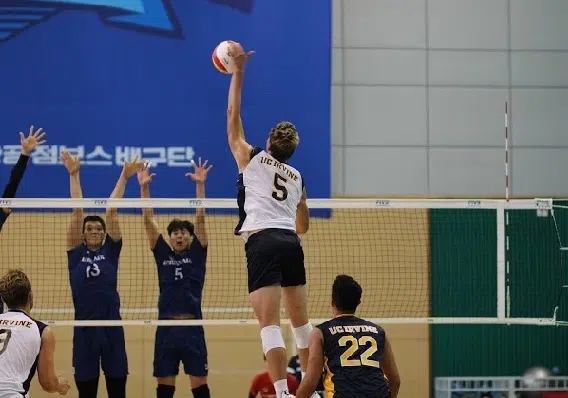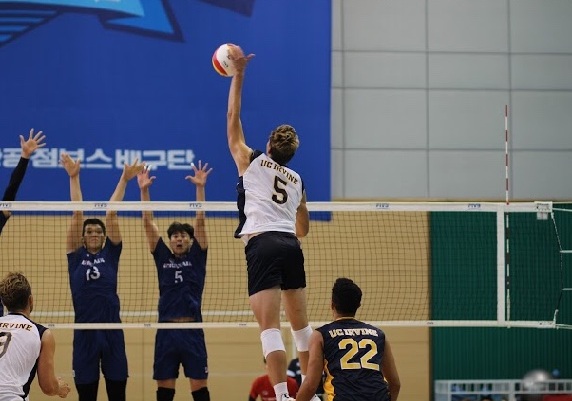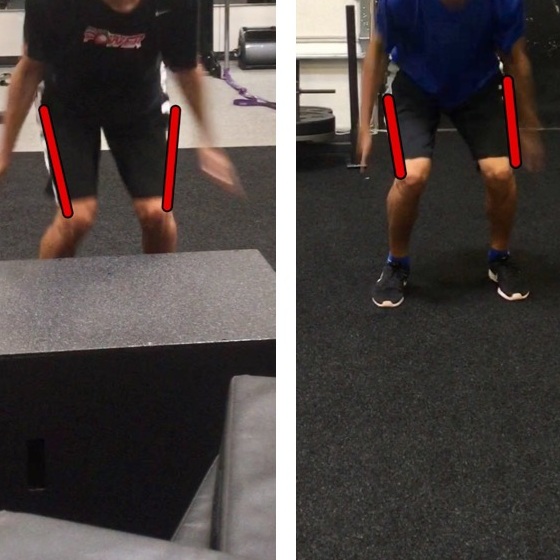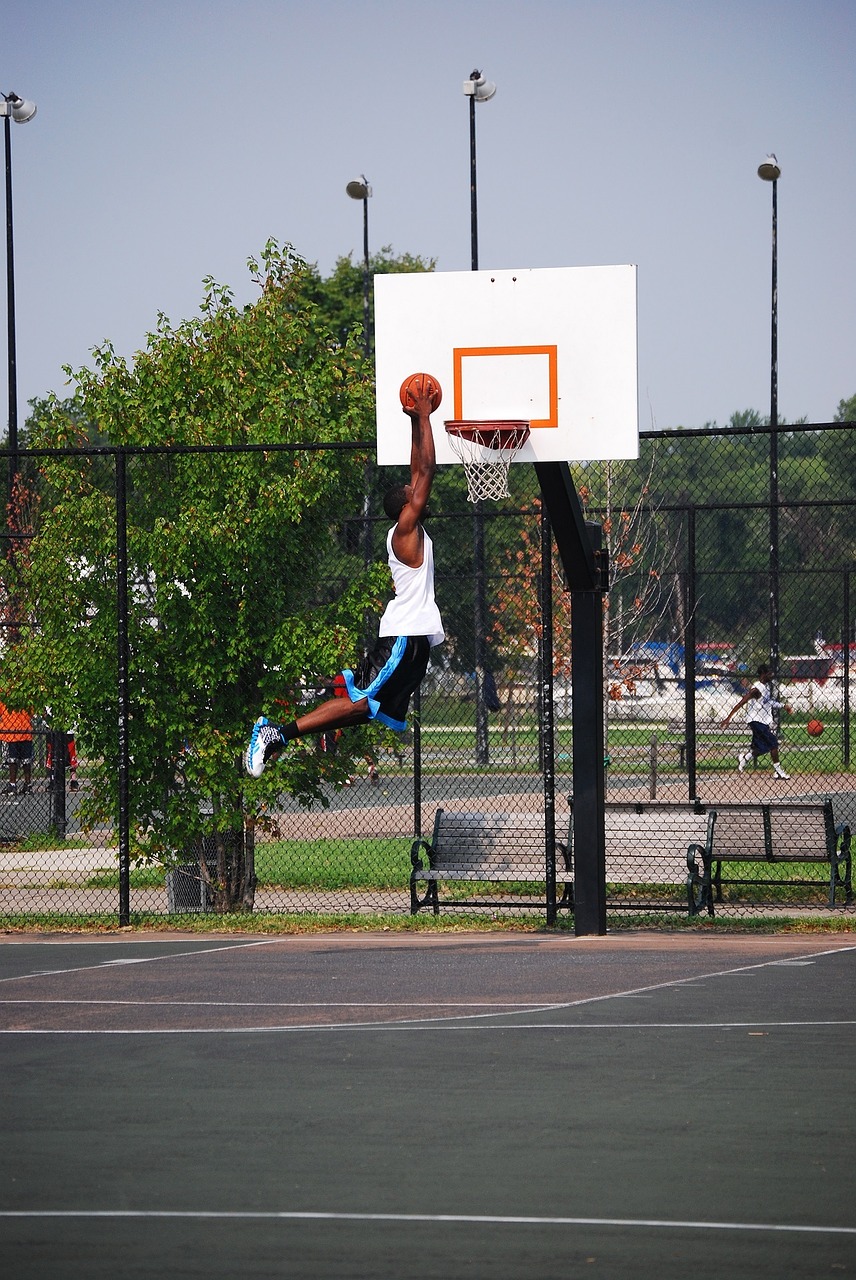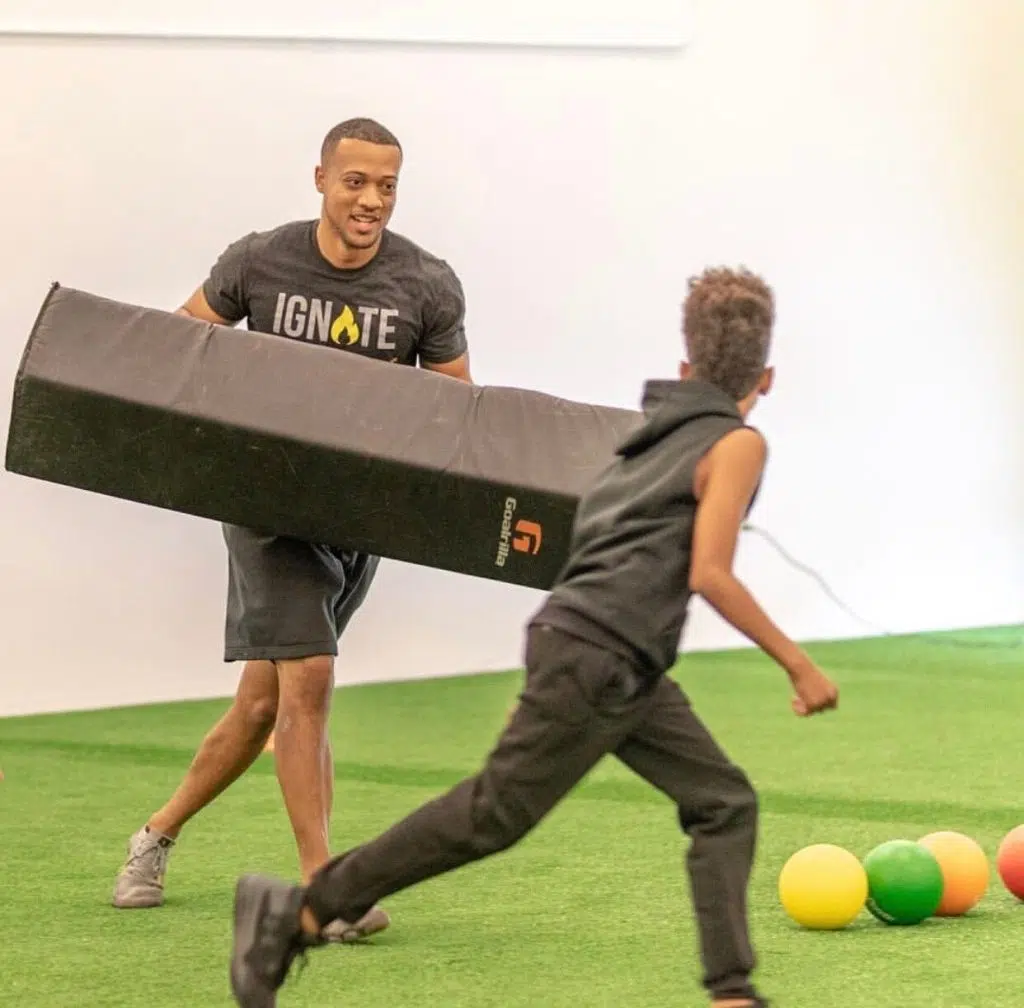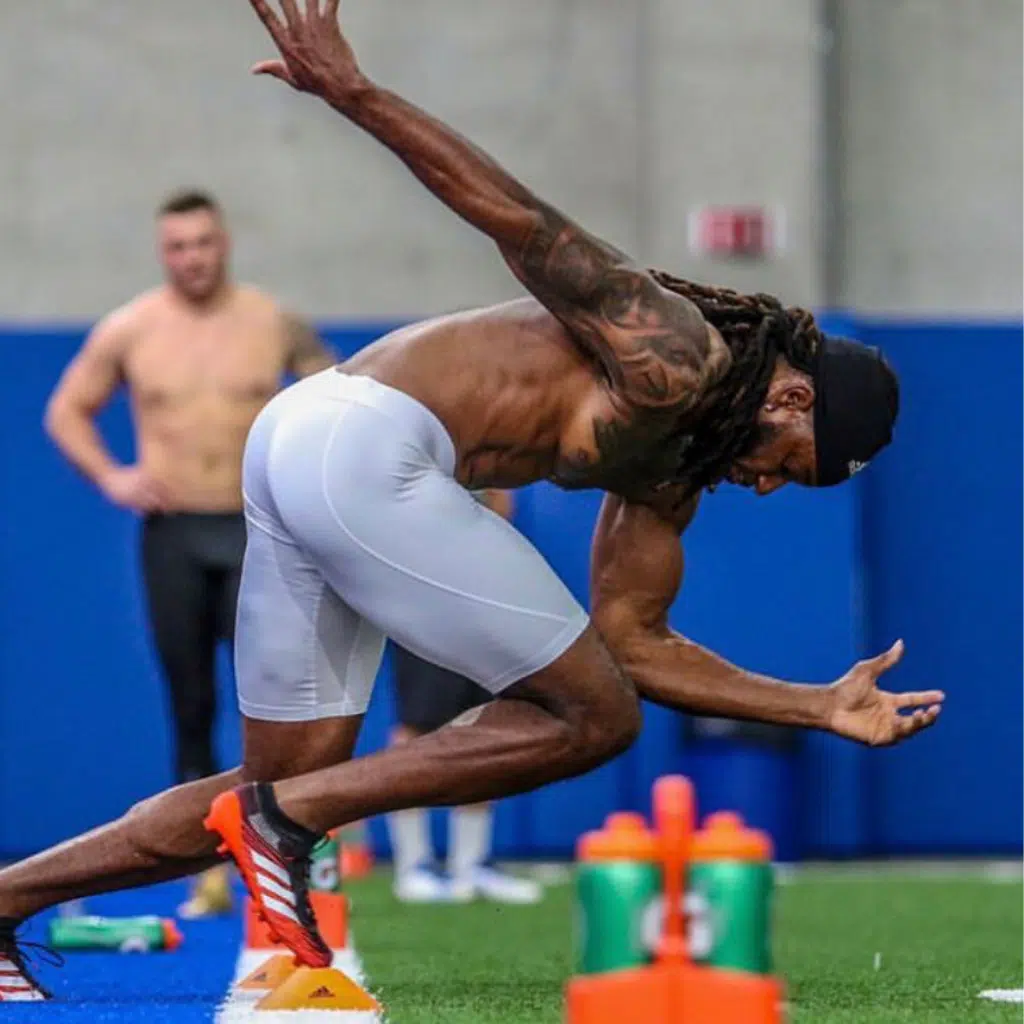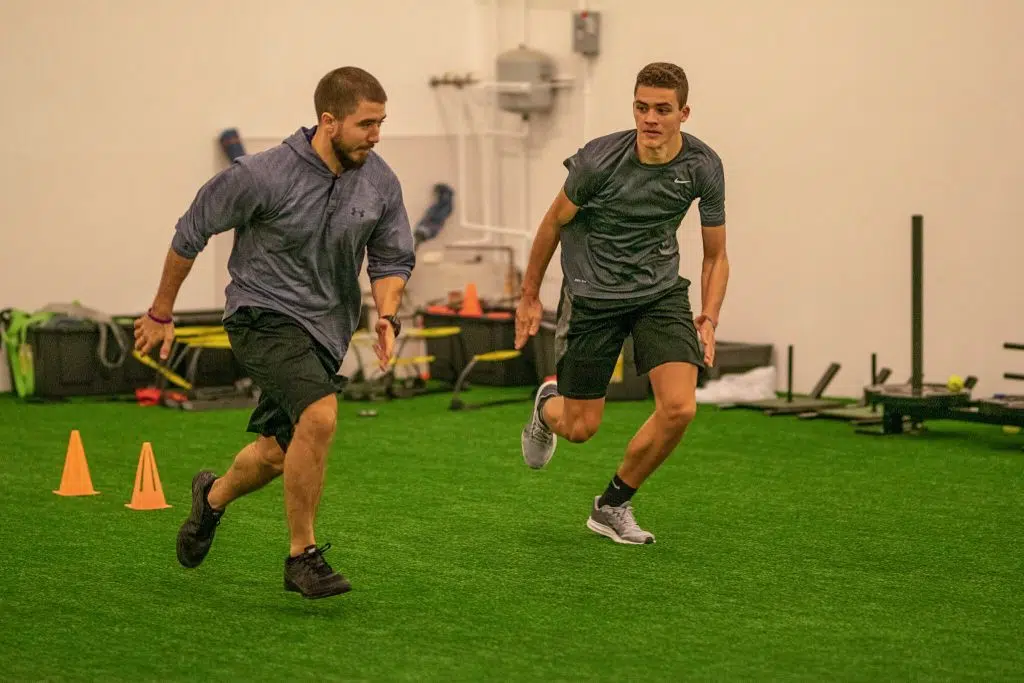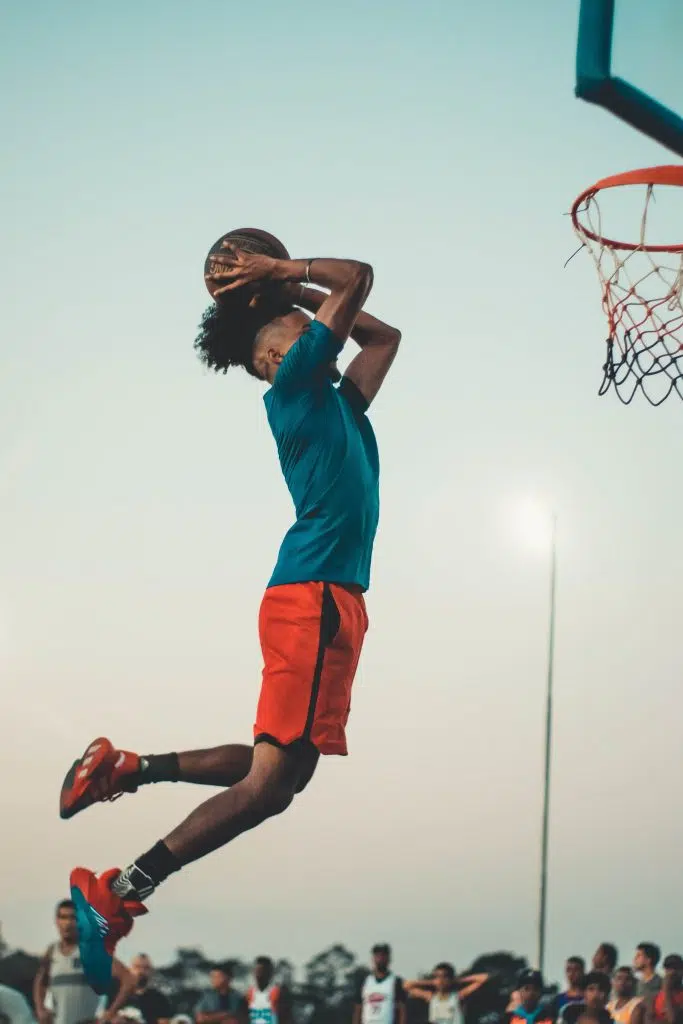“I want to increase my vertical”…..Easily one of the most common pain points coaches hear from athletes. How can something as benign as how high one can jump, holds so much weight?
An impressive vertical can open up doors for athletes. It can take a below the rim basketball player, and make them a high flyer. It can make the difference between a volleyball player going DI, or to a smaller school.
But as important as a vertical can be, it is one of the most misunderstood and improperly trained aspects of sports performance. The internet is littered with so called “vertical coaches” and jump programs hawking promises such as, “Increase your vertical 8 inches in 4 weeks”. Complete Snake oil….Been on instagram lately?? …Flashy Exercises with no substance or scientific basis.
So with all that being said, what exactly makes up a great vertical jump? Today we will cut through the BS and give you the factors that affect vertical jump, and what those factors mean for training.
Despite its simplistic appearance, they are numerous factors that influence jump height. Some of them are controllable factors, while others are not.
“Strength is one of the most generic words in sports performance. When an athlete is “strong”, what does that even mean?”
Genetics
While it’s true that high flyers can be made, it is also true that some people are just born with it. You see them nightly in the NBA making spectacular dunks, or on AVP beach volleyball tour soaring above the net for a hit. Those are the athletes who have won what I like to call “the sperm lottery”.
Every athlete is born with a predetermined amount of Type I, and Type II muscle fibers. Type I muscle fiber types are the ones that are commonly referred to as “slow twitch” muscle fibers, while type II are known as “fast twitch”. Athletes who are born with higher percentage of fast twitch muscle fibers tend be the sprinters and the triple jumpers. The more explosive athletes. While type I dominant athletes tend to be more endurance based athletes. Usually not great jumpers.
Now if that fact, gets you down, never fear you can still train your muscle fibers to be more explosive.
Training Implications
Each muscle fiber type has a gradient of muscle fiber types within it . Type IIa and Type IIb are examples of that. Type IIa fibers are used more sustained power activities such as running the 400 meters in track. While type IIb muscle fibers are used more for short duration activities like short sprints or jumping. Although you cannot change to amount of Type II muscle fibers you have, you can train the sub muscle fiber types to trend more towards Type IIb and away from Type IIa.
So while you can’t necessarily change what your born with, you can absolutely optimize what you have already! To do that, train using explosive means and methods. Olympic lifting, weighted jumps, and plyometrics are all training methods that can used to improve your muscle fiber type.
Jump Mastery
Just like any other athletic activity, jumping is a skill. And like any other skill, a certain level of mastery is required to become an expert at it.
As a jumper here are a few questions you can ask yourself?
-
How well do you use your arms when you jump?
-
Do you get full hip extension and “close the triangle” upon takeoff?
-
How powerful is your penultimate step (2nd to last) during a single leg running jump?
The answers to these questions all heavily influence how high you jump. These answers are also influenced by your experience as a jumper. That’s why you’ll usually see athletes in sports that require more jumping (volleyball, football) become better overall jumpers than sports that require less jumping (football, rugby). The athletes in jumping sports have simply had more reps to improve their jumping skills.
The type of jump will largely influence the level of mastery required to become proficient at it. A standing vertical jump is easier to learn than a running double leg, or single leg jump. There is a rhythm and timing required to a high running jump that a standing vertical doesn’t require. This is because, there are quite literally , more moving parts to complete a running jump!
Training Implications
Dynamic knee valgus improved over time
What’s the simplest way to improve jump mastery?…you guessed it, jumping! Now with that being HOW YOU JUMP must be heavily considered when design a jump program.
Let’s take a situation…A 14 year old female volleyball wants to increase her vertical. However when she takes off and lands, her foot pronates, and her knees collapse inward. Now, does it make sense to throw her on the vertimax for 30 minutes?
If If an athlete has poor jump technique and poor movement patterns, doing a million reps with those movement patterns will only further engrain those movement patterns and expose that athlete to increase injury risk. Jumping can be fairly innate, but there needs to be some level of teaching and instruction in order to be proficient at it.
Strength
Strength is one of the most generic words in sports performance. When an athlete is “strong”, what does that even mean?…Does that mean they can squat 2x their body weight? Does that mean they can power clean over 250 pounds?…you see where there can be much confusion on the topic. In its simplest form, here is my definition of strength:
Strength is an expression of force at a given moment in time.
The key phrase in that sentence is the one that is italicized. At any given moment in time implies a couple key points. One, that strength isn’t necessarily linear. On Tuesday, 250 pounds on the back squat may seem light. Let’s say it’s a 4 on the RPE Scale (rate of perceived exertion). While on Friday, that same exact weight on that exact same lift may seem like a 7. Did you suddenly get weaker over the past few days? Probably not.
The other implication is strength is not simply confined to the weight room. Strength can be expressed on the field or on the court. Is an athlete who can can barely squat their body weight in the weight room but can exert forces into the ground multiple times their body weight not strong? Strength is highly contextual.
As you can see the matter is complicated and we could easily dive down this rabbit hole in another blog post (which we just might have to!). But as general rule the athlete who has the greater force output relative to their body weight, will jump the highest. Basically, more force and less mass = greater jump height.
Training Implications
As you can tell at this point, strength is a tricky topic. Most people associate strength with how much weight you can lift, but disregard velocity or eccentric strength. It’s not just how much you lift, but rather how fast you lift it and how quickly you can decelerate.
A good jump training program should include a variety of tempos and lifting schemes. The goal should not always be to train for maximal strength. In fact, as an athlete advances, increasing maximal strength has less and less of a positive correlation to increasing jump heights . Which takes me to my next topic…
Training Age
An athlete’s training age refers to their chronological journey through their training process. A fresh newb athlete who just started training, has a lower training age than an grizzled vet who’s had quality training for many years.
An athlete with a lower training age will typically respond to well to just about any training method. Which is why novice athletes will probably see some results from even the worst garbage training methods you see on social media. Of course their coaches will take all the credit, and declare themselves as the jump guru. Fast forward a year, and that same athlete will inevitably see diminished results and a strong likelihood of patellofemoral syndrome.
As an athlete progresses in training age, it becomes much harder to have profound vertical jump improvements. For an experienced, elite jumper even a half inch increase on a vertical is a big deal.
Training Implications
As an athlete progresses and his/her training age increases, their training must become more specific. Meaning, if an advanced athlete wants to improve their jumping, then their training must reflect that. As a coach, you must consider the biomechanics, the velocity and the nature of the jump the athlete is trying to improve.
That’s why traditional training methods such as normal tempo back squats become less relevant to vertical jumping as an athlete progressed. Think about it…does a heavy back squat that takes about 5 seconds to complete really look much like an approach jump for an outside hitter in volleyball?
Rest
To understand the importance of rest, let’s think about this scenario. Does an athlete normally jump their highest at the beginning of the season or the end? Obviously, most athletes will jump higher during the beginning of their competitive season as opposed to the end. The wear and tear over the course of the season can take its toll on a jumper. Sport coaches should consider not just the wear and tear on the muscular system, but also on the athlete’s nervous system as well.
With that being said, many coaches need to do a much better job of load management. I have personally seen MANY, MANY athletes who are either overtrained by their coach or overtrain themselves. By the time the season rolls around, their nervous system is shot, and their jump heights are poor. Besides actually decreasing performance, this leads to injury and compromises the overall health of the athlete. This is a HUGE problem in girls volleyball, a sport that is basically played on a year round basis.
Training Implications
To me this factor is probably the most overlooked, yet most important. For an athlete, rest is not just important on the court, it is important in the weight room. Explosive and high CNS activities (such as plyometrics, Olympic lifts) require an adequate amount of recovery time. Without it, the athlete will be unable to reproduce these movements at a high enough threshold to improve their vertical jump.
As a general rule when training your vertical, you want to go high – low – high…High intensity, low reps, and high amount of rest. Too often I’ll see trainers running their athletes through circuit style jump training. At that point you are not training your vertical, you are doing conditioning. And there much safer ways to do conditioning than jumping .
Let’s be clear, there is no perfect predictive formula on how much or when your vertical jump will increase. As you can see there are MANY factors that affect jumping, and we REALLY haven’t even reached the surface as there are many more. It can even be a bit confusing. However, let this blog post be your guide in your journey. If you stay patient and diligent you will see progress…..Your only limit is the sky!

